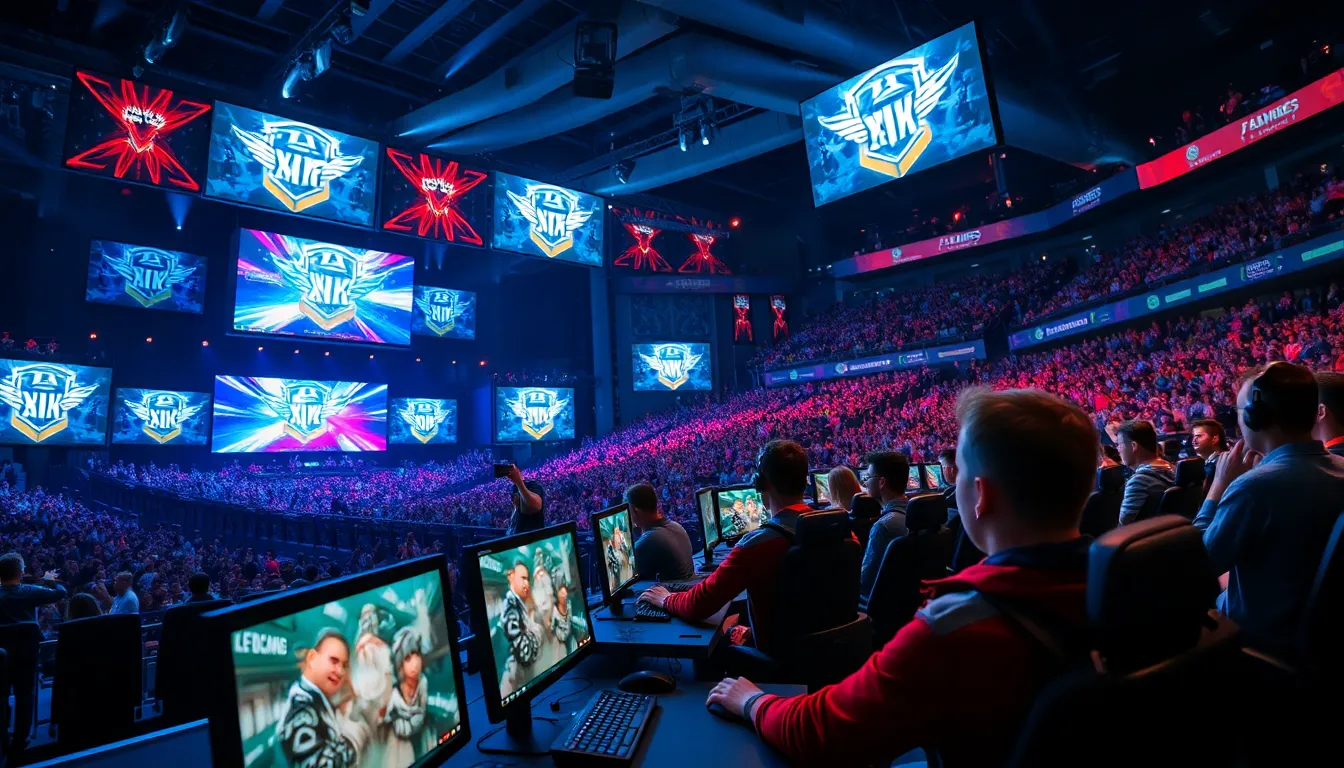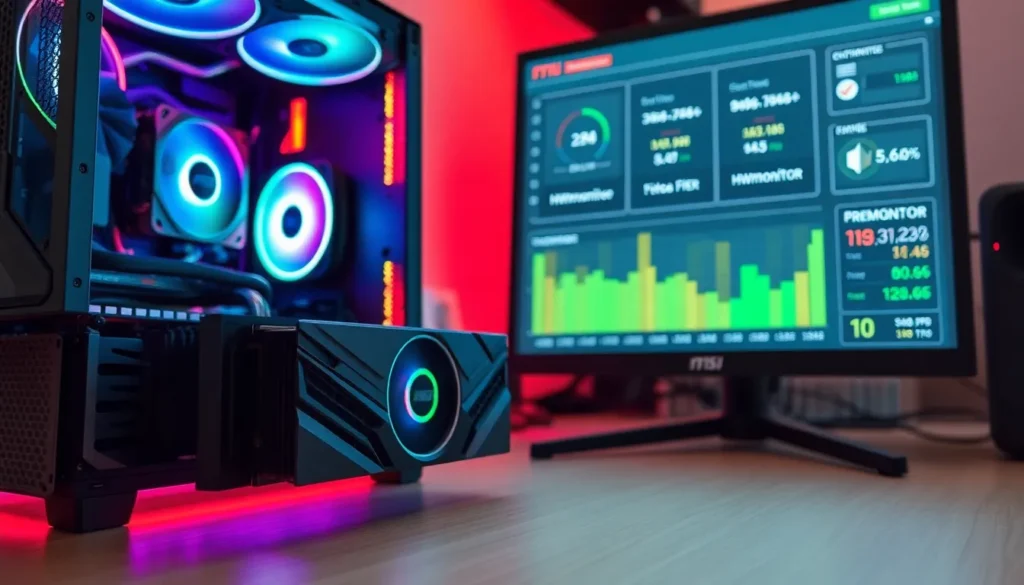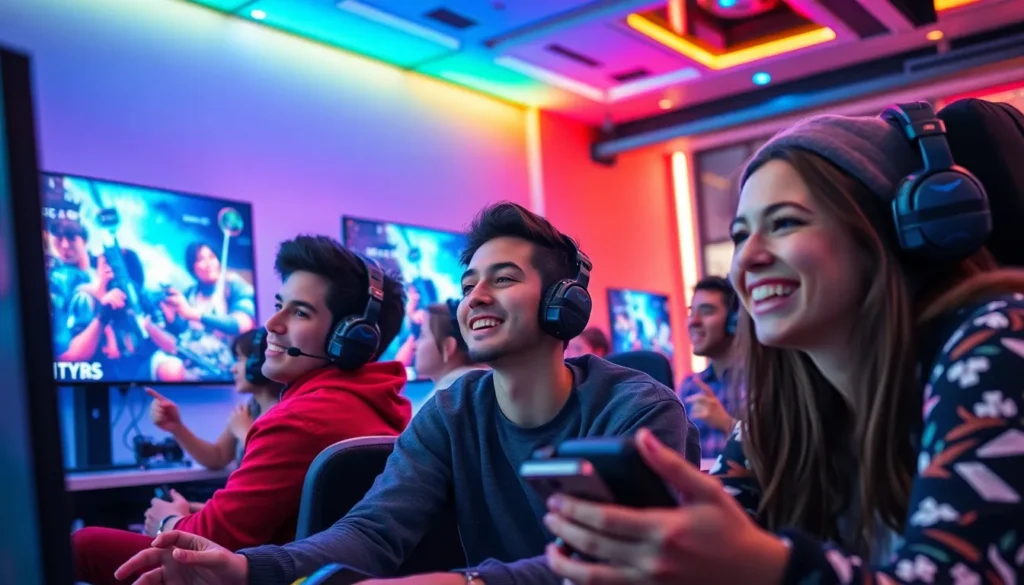League of Legends is a game that never sleeps, and neither do its meta changes. Just when players think they’ve mastered the latest champion or strategy, Riot Games swoops in with a balance patch that flips the script. It’s like trying to catch a greased pig at a county fair—just when you think you’ve got a handle on it, it wriggles away, leaving you wondering what just happened.
Overview of LoL Meta Changes
League of Legends continually evolves, driven by regular patch updates and developer feedback. These updates significantly impact champion strengths, item effectiveness, and overall strategies within the game. Players frequently adjust their gameplay in response to these changes, reinforcing the need for adaptability.
Balance patches often focus on specific champions or items. For instance, changes in patch 12.14 targeted AP assassins, adjusting their damage output and survivability. Such targeted updates shape the broader gameplay and influence players’ choices during matches.
New champions and reworks introduce shifts in the meta. In patch 12.10, for example, a new champion debuted with unique abilities that altered team compositions significantly. Players often identify trends and prioritize champions that synergize well with the current meta.
Itemization also plays a critical role in meta shifts. The introduction of new items like Divine Sunderer can lead to an immediate change in how champions are built. Choosing the right combination of items becomes essential for maximizing effectiveness during gameplay.
Meta changes foster diverse strategies that encourage players to experiment. Each season brings about substantial shifts, requiring players to reevaluate their champion pools and tactics. Successful players maintain awareness of these shifts, adapting their playstyles to suit the changing landscape of League of Legends.
Historical Context of Meta Changes

Meta changes in League of Legends have a deep-rooted history influenced by constant balance adjustments and evolving gameplay dynamics. The game’s extensive patches not only enhance balance but redefine overall strategies and champion effectiveness.
Key Patches That Reshaped the Game
Patch 12.14 introduced significant changes, adjusting AP assassins’ damage output and survivability. Notable patches like 12.10 debuted new champions, influencing team compositions and player strategies. These pivotal updates compel players to adapt rapidly, reshaping their gameplay patterns to remain competitive. Players often analyze patch notes closely, focusing on specific champion adjustments that can shift their approach in matches. The impact of these changes can resonate through multiple seasons, making thorough understanding vital.
Influences from Competitive Play
Competitive play heavily influences meta changes in League of Legends, as professional players often set trends. Tournament results reveal strengths and weaknesses of various champions, leading to rapidly evolving strategies. Observing professional gameplay provides insights into effective itemization and team compositions. Players frequently adjust their picks and strategies based on successful tactics showcased in the competitive scene. Riot Games also monitors this feedback, adjusting champion balance and item viability accordingly, keeping the game responsive to community needs.
Impact of Recent Meta Changes
Recent meta changes significantly affect champion viability and overall gameplay strategies. Players must adapt to frequently shifting tier lists as balance patches reshape the landscape. For example, the adjustments in patch 12.14 altered the effectiveness of certain champions, prompting a reevaluation of which characters excel at various skill levels. New arrivals and reworked champions introduced in patches like 12.10 also play a crucial role in these tier list adjustments. Competitive players often prioritize these changes, influencing common picks and bans in tournaments.
Changes in itemization and runes further complicate strategy formulation. Introductions such as Divine Sunderer shifted the preferred build paths for multiple champions. Runes often give certain champions a distinct edge or alter their effectiveness in various matchups. As players explore these new options, experimentation with item builds and rune selections becomes vital. Successfully adapting to these changes enhances a player’s competitive edge and maintains relevance in the ever-evolving meta.
Community Reactions to Meta Changes
Players constantly express a variety of reactions to meta changes in League of Legends. Positive feedback often highlights the excitement of fresh gameplay, as balance patches can create new strategies and revive older champions.
Positive Feedback and Adaptations
Adaptation often emerges as a central theme in community responses. Players appreciate the introduction of new items, like Divine Sunderer, that inspire innovative champion builds. Excitement grows when they find new strategies that improve their winning chances during competitive matches. Individuals frequently share their experiences on forums, celebrating how recent adjustments breathe new life into the game. Players often adapt quickly, eager to explore new dynamics with their favorite champions. Organized play sees renewed passion, as professionals experiment with meta shifts, demonstrating how adaptability can lead to success. Increased engagement and creativity among players highlight the positive impact of regular updates.
Criticism and Suggestions for Improvement
Criticism sometimes surfaces regarding the frequency of meta changes. Some players express frustration due to constant adjustments that disrupt established strategies and gameplay. Community members often suggest that Riot Games maintain better balance for their favorite characters instead of broad sweeping changes. Concerns arise when certain champions or items dominate the game, leading to repetitive gameplay experiences. Players frequently call for clearer communication about patch goals and outcomes. Constructive feedback aims to help developers prioritize balance while reducing the potential for drastic shifts that alienate passionate players. Suggestions often focus on implementing slower, more measured updates to foster stability in the competitive scene.
The landscape of League of Legends is constantly shifting due to ongoing meta changes. Players must remain agile and adaptable to thrive in this dynamic environment. Each balance patch introduces new challenges and opportunities that encourage experimentation and strategic reevaluation.
As the community continues to engage with these changes, the dialogue between players and developers remains crucial. Feedback shapes future updates and enhances gameplay experiences. Embracing the evolving meta not only keeps the game fresh but also fosters a competitive spirit that drives players to refine their skills and strategies. The thrill of navigating these changes is what makes League of Legends a captivating experience for all.








